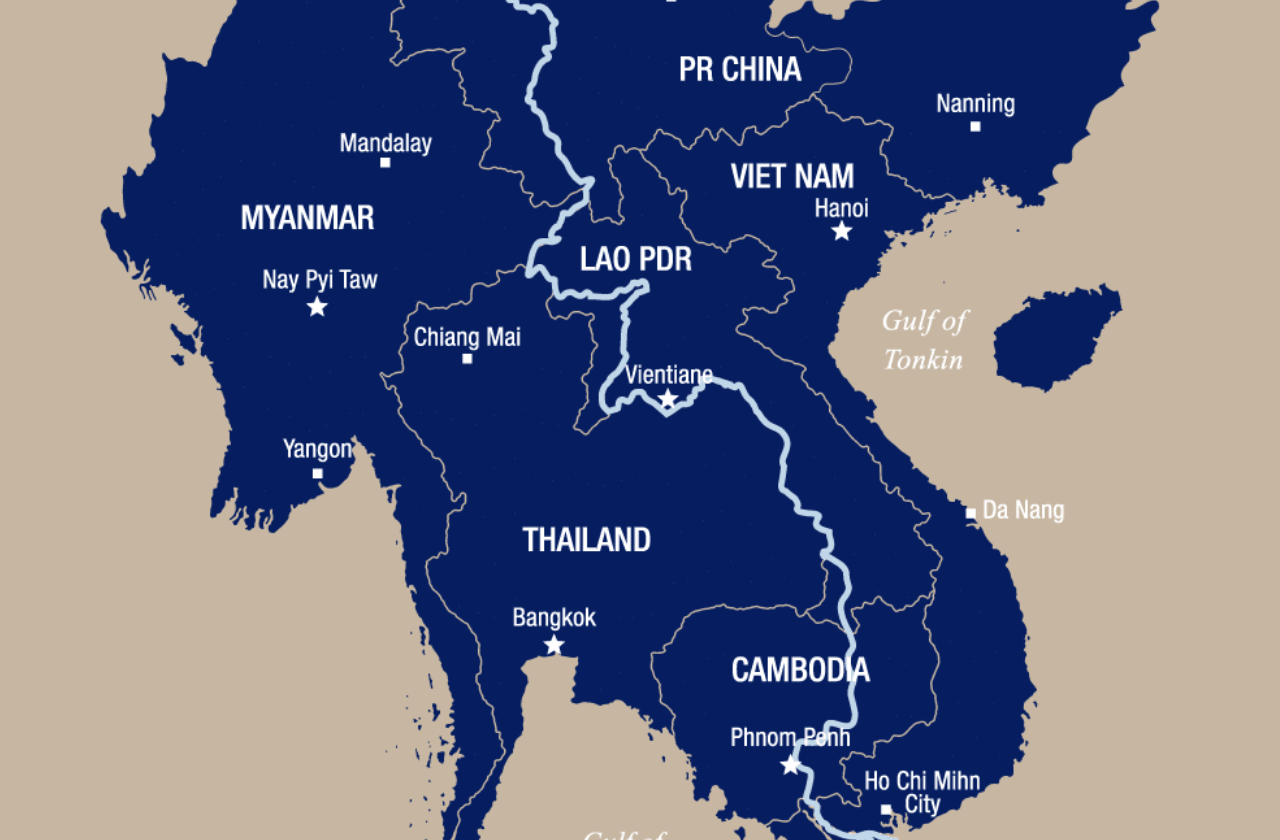Greater Mekong Subregion, or Popularly known as GMS, is one of the most significant biodiversity development projects launched Asian Development bank in 1992. According to this project, GMS had transformed into a nation of 300 million people from different countries of continent Asia. Indeed, the GMS has also been an essential part of the Economic Development Program of Asia in order to give rise to a subregion that incorporates prosperity, harmony, and integrity.
How many countries are there in the Greater Mekong region?
There are a total of six countries take-part in the Greater Mekong Subregion Development Program. Cybex.in latest Asia Export Data, GMS Countries list 2021 includes:
? Cambodia
? Myanmar
? The People’s Republic of China
? Thailand
? Lao People’s Democratic Republic, and
? Vietnam
Note: India is also a part of the GMS Countries List. However, the participation of India is very conservative and limited.
Where is the Mekong Region?
To begin with, the Greater Mekong Region is spread over 200 million acres of land. For the most part, it parts East and Southeast Asia into two parts via the Mekong River. Meaning, the Mekong Region is at the heart of East and Southeast Asia. To the reader’s surprise, among the Asian Development Bank and its members, the Mekong Region is also known as the Rice Bowl of Asia.
The Mekong River is one of the longest rivers worldwide. It ranks in sixth place globally. Indeed, the GMS Countries List 2021 also consists of six countries that the Mekong River passes on its way to the Tibetan plateau. To the reader’s surprise, the river is over 4900 km(s) long. Hence, the sixth-largest river all over the world.
However, since the beginning of the Greater Mekong Subregion Development Project, The Mekong River has become polluted. It is because The Mekong region has become the hotspot of multiple industrial, Information and Communication, Energy production, and agricultural organizations.
Unfortunately, the Mekong River is also one of the most polluted rivers in the world. The statistics show that it encounters up to 40 thousand tonnes of plastic garbage dump each year, which is unfortunate. And, it is also putting numerous challenges on the GMS Development program.
Apart from this, the Mekong River is not blue in appearance, unlike other longest rivers of the world. By appearance, the Mekong River is brown (not because of the pollution). But, it is one of the largest sources of fish hunt in Asia. This helps in enhancing the soil fertility in this region. Thus, attracting more and more agricultural-based organizations.
Mekong Delta refers to the Greater Mekong Subregion’s region in Vietnam. According to the latest international trade data, currently, the Mekong Delta or GMS is going through major challenges in the context of logistics. For the most part, the Mekong Delta Region remains highly responsible for successfully exporting MT(s) of Agricultural products to the foreign countries.
Note: Mekong Delta accounts for 90% of the total exports of rice to different countries all over the world.
Want to know more about the Greater Mekong Region? Subscribe to www.Cybex.in, biggest foreign trade data provider in the world.
